The world of poultry enthusiasts holds a time-honored tradition, a captivating blend of science and artistry known as chicken egg incubation and hatching. It’s a journey that begins with the selection of eggs and culminates in the delightful chirping of newly hatched chicks.
The Intriguing World of Chicken Eggs Incubating
In this article, embark on a mesmerizing exploration of the art of chicken eggs incubating, to engage your curiosity and inspire you to delve into the wonders of incubation.
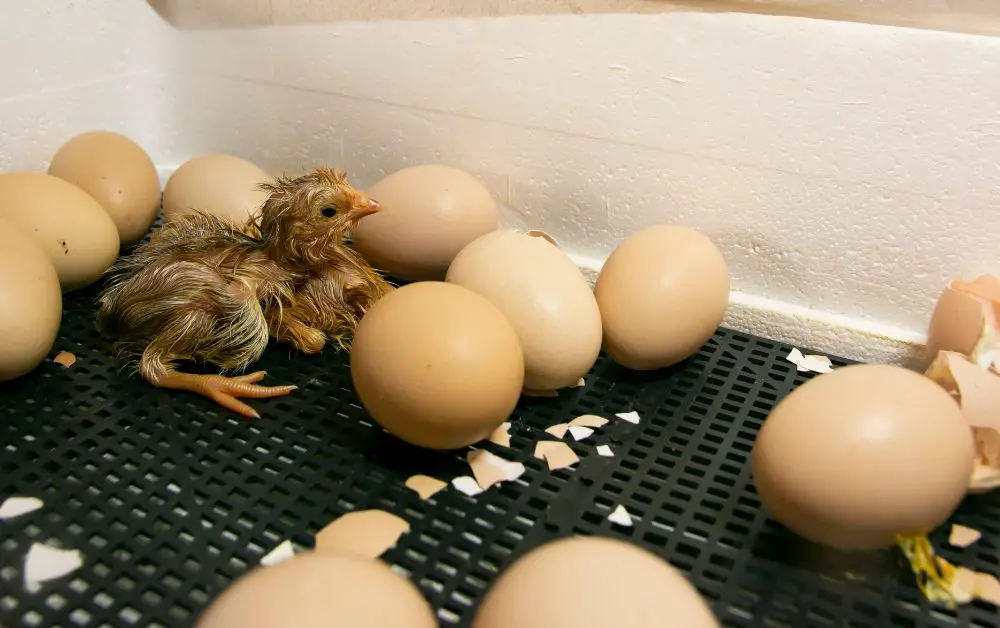
Before you delve into the intricacies of incubation and hatching, pause for a moment to appreciate the mesmerizing world within those seemingly ordinary chicken eggs.
The Miracle of Life
Within the confines of an unassuming eggshell lies a universe teeming with life. Each egg has the potential to give birth to a vibrant, clucking chick.
Delicately ensconced within the confines of an unassuming eggshell lies a universe brimming with the wonders of life waiting to emerge. It’s the enchanting world of chicken eggs incubating, a journey where the mundane transforms into the extraordinary, and the canvas of existence begins to unfold.
The journey commences with the careful selection of eggs, where one’s discerning eye becomes a curator, selecting the finest specimens for the journey ahead. These eggs, fresh and fertile, are like blank canvases, eagerly awaiting the brushstrokes of incubation to bring forth life’s vibrant colors.
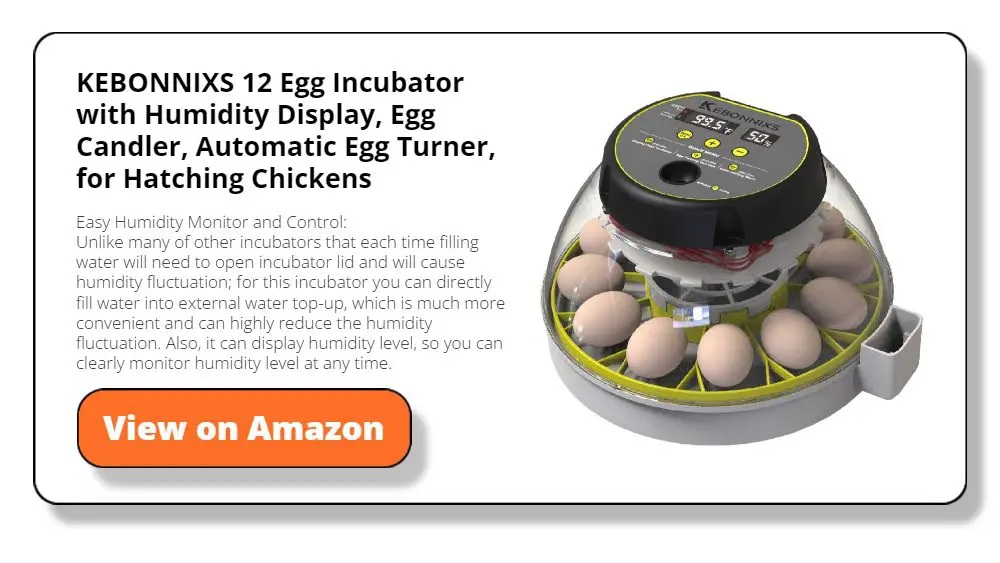
A Tradition Spanning Generations
The art of chicken eggs incubating and hatching has been passed down through the generations. It’s a timeless tradition that connects to an agricultural heritage and fills lives with wonder and joy.
Nurturing Sustainability
When you raise your own chicks, you reduce reliance on commercial hatcheries. This sustainable approach not only reduces environmental effects but also fosters a deeper connection to your food source.
This tradition, like the eggs you carefully select, is handed down from one generation to the next, a precious heirloom woven into the very fabric of the agricultural history. It’s a practice that honors the wisdom of ancestors, an age-old art form that endures in a world where so much has changed.
The Journey Begins
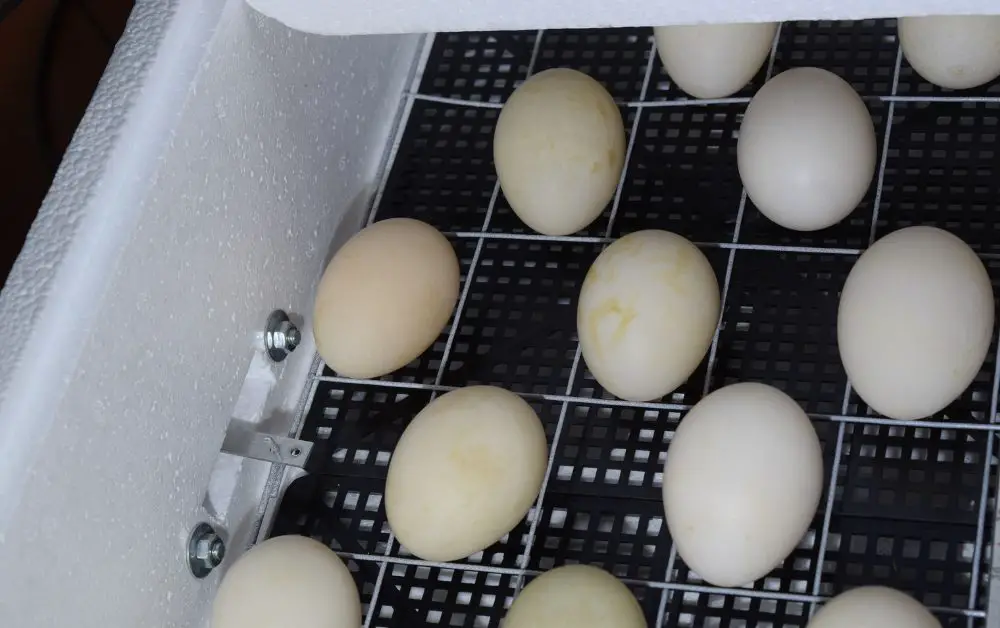
The journey of chicken eggs incubating and hatching begins long before the eggs find their way into the incubator. Here’s where the intrigue deepens.
Selecting the Perfect Eggs
Not all eggs are created equal. The journey begins with the selection of the best possible eggs. Look for fresh, fertile eggs from healthy hens. Firm shells, cleanliness, and uniform shape are indicators of quality.
Then, once you’ve chosen and collected the eggs, it’s vital to store them correctly. Eggs should be stored in a cool, humidity-controlled environment. While they can be stored for up to a week, it’s best to incubate them as soon as possible.
Setting Up the Incubator
Your incubator is the heart of the chicken egg incubating and hatching process. It’s a climate-controlled chamber that replicates the nurturing environment a mother hen would provide. Proper setup is vital to success.
Temperature Control
Temperature control is the first brushstroke on this canvas. An incubator must maintain a consistent temperature, usually around 99.5°F (37.5°C), to emulate the warmth a mother hen imparts. This unwavering heat is the heartbeat of incubation, the rhythm that keeps life’s symphony in tune. Deviations, even slight ones, can lead to the discord of failed hatches.
Harmony in Humidity
Humidity levels, akin to the artist’s palette of colors, are equally vital. While temperature sets the stage, humidity adds the nuances and subtleties. It must be carefully regulated, hovering around 60% for most of the incubation period and increasing to approximately 70% during the final days, creating an atmosphere that’s conducive to the growing embryo’s needs.
Turning Eggs Regularly
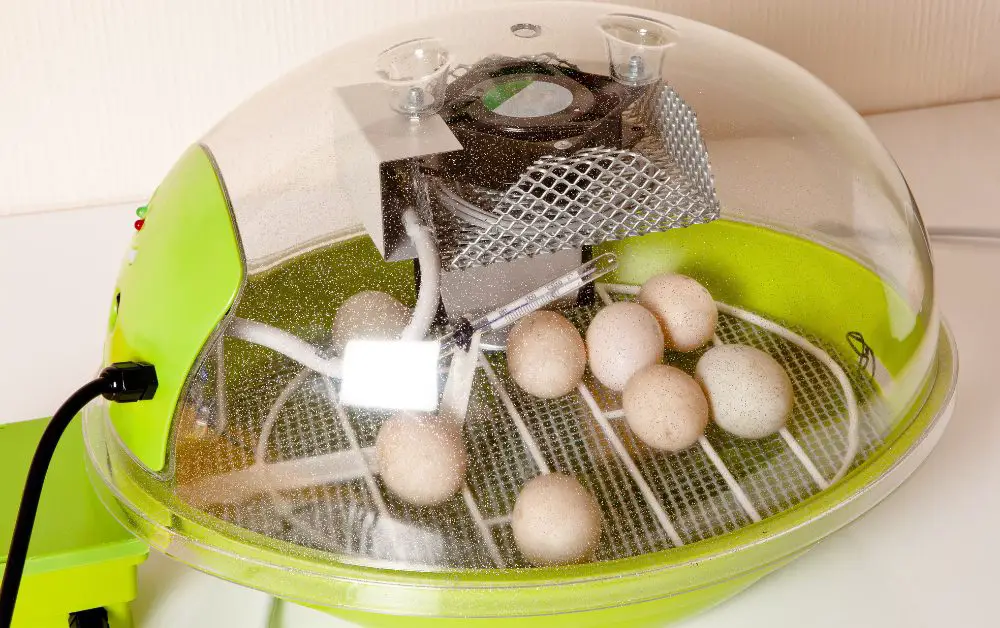
Eggs must be turned regularly to ensure even development. This simulates a mother hen’s care. An automatic egg turner or manual turning can help achieve this.
The turning of eggs ensures that every part of the developing embryo receives its fair share of heat and oxygen. It’s a process that promotes the healthy growth of the chick inside. Like a nurturing hand, it guarantees that the canvas of life is painted evenly, stroke by stroke. In the grand symphony of chicken eggs incubating, turning is the melody that ensures harmonious development.

Candling: A Glimpse of Life
Around seven days into incubation, use a candler to check for signs of embryo development. Remove any eggs that show clear signs of infertility, fostering better conditions for the rest.
In the journey of chicken eggs incubating, candling is a pivotal act that bridges the realms of science and artistry. It’s the moment when you become both caretakers and curators, nurturing life while ensuring that the conditions for growth are optimal.
During incubation, patience is your greatest ally. Regularly check and adjust temperature and humidity. As you approach hatching day, keep a keen eye on the countdown to that magical moment.
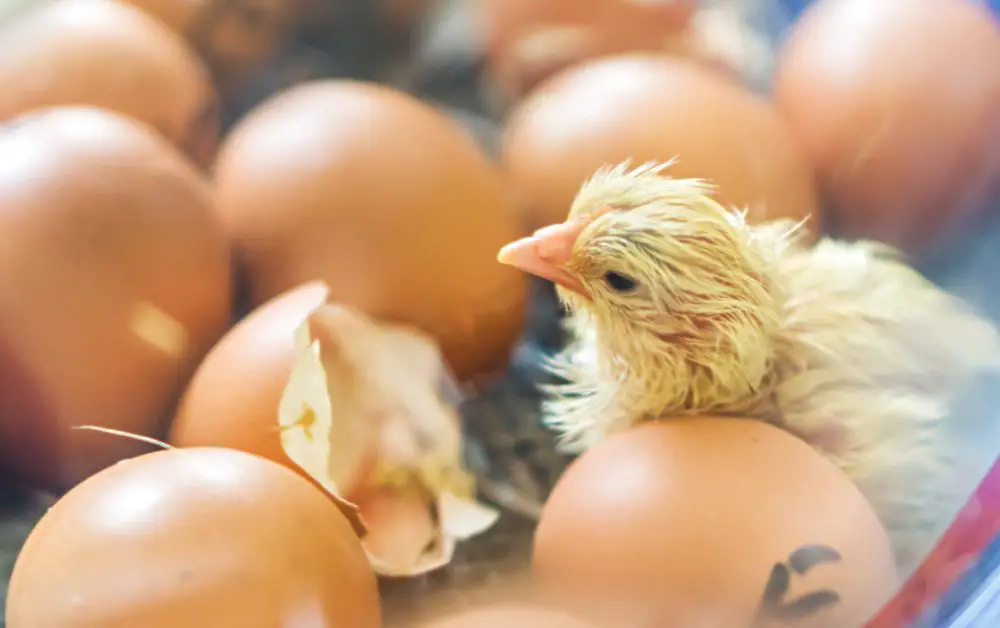
The Hatchlings Emerge
Finally, after 21 days of meticulous care, the moment of truth arrives, and tiny, fluffy lives begin to emerge.
The first sign of hatching is often small cracks in the eggshell. Over the next 24-48 hours, the chick will labor to break free.
The Hatchling’s Arrival
As the chick struggles to free itself from the shell, it’s a heartwarming and emotional experience to witness. This is the moment when your hard work pays off, and you become a parent to these adorable creatures.
Once a chick has hatched, transfer it to a brooder. The brooder provides the warmth and protection essential for a healthy start to life.
Building a bond with your chicks is vital. Spend time observing and interacting with them to ensure their well-being. It’s not just about raising chickens; it’s about creating a connection.
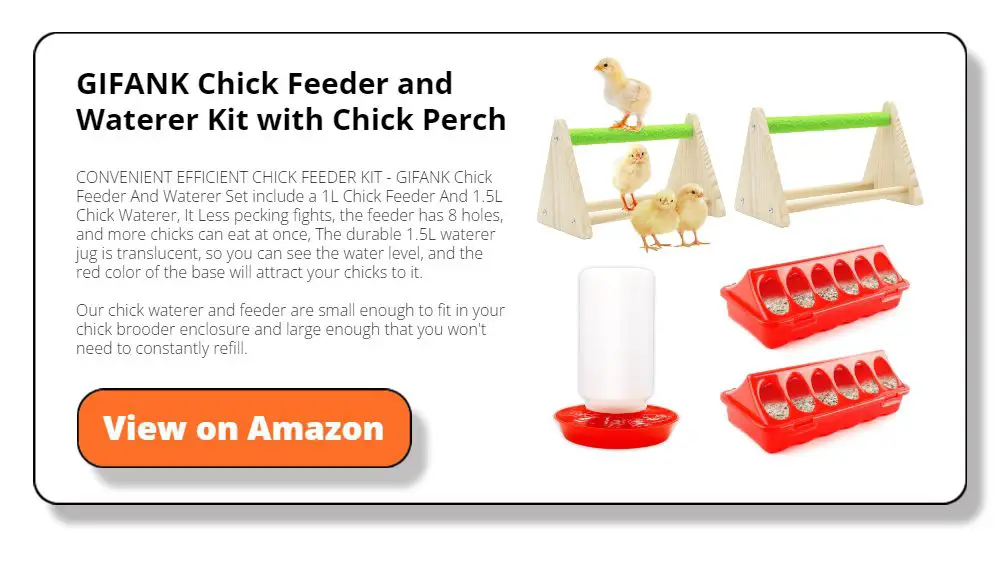
The Journey Continues
Your journey into incubating and hatching chicken eggs is far from over. Raising your chicks into healthy, productive members of your flock is the next exciting chapter in this amazing adventure.
The Art of Raising Chicks is the next chapter, where you’ll become not just a creator of life but a steward of the future. It’s a story of growth, learning, and the boundless potential that lies within each vibrant, clucking chick you’ve helped bring into the world.
The Wrap Up
In the art of chicken eggs incubating and hatching, science and wonder intertwine to create a remarkable experience. As you embark on this journey, you’ll find yourself deeply connected to the cycle of life and the heritage of poultry keeping.
The selection of eggs, the precise care of the incubator, and the awe-inspiring moment of hatching all contribute to a fulfilling experience. So, if you’ve ever desired to witness life emerging from an ordinary-looking egg, take the leap into the world of chicken eggs incubating and hatching. Your life will be forever enriched by the magic of nurturing new life.
Frequently Asked Questions About Chicken Eggs Incubating
1. How to choose the best eggs for incubation?
Select fresh, fertile eggs from healthy hens. Look for clean, uncracked shells and store them in a cool, dry place. Handle them gently to avoid damage.
2. Is it possible to incubate eggs from different chicken breeds together?
Yes, you can, but remember that the resulting chicks will be mixed breeds. If you want specific purebred chickens, it’s best to keep the breeds separate.
3. What equipment is needed to incubate and hatch eggs?
You’ll need an incubator, a reliable thermometer, a hygrometer for humidity control, an egg turner, and a candling device to monitor embryo development.



